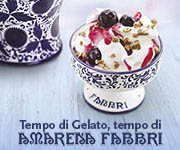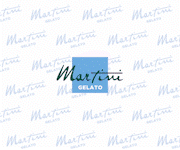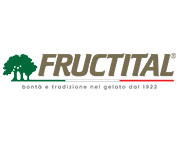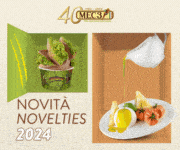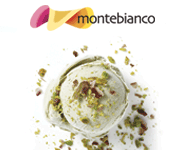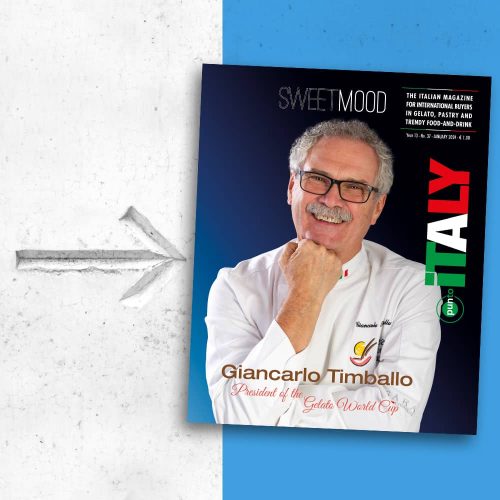A EUROPEAN SWEET
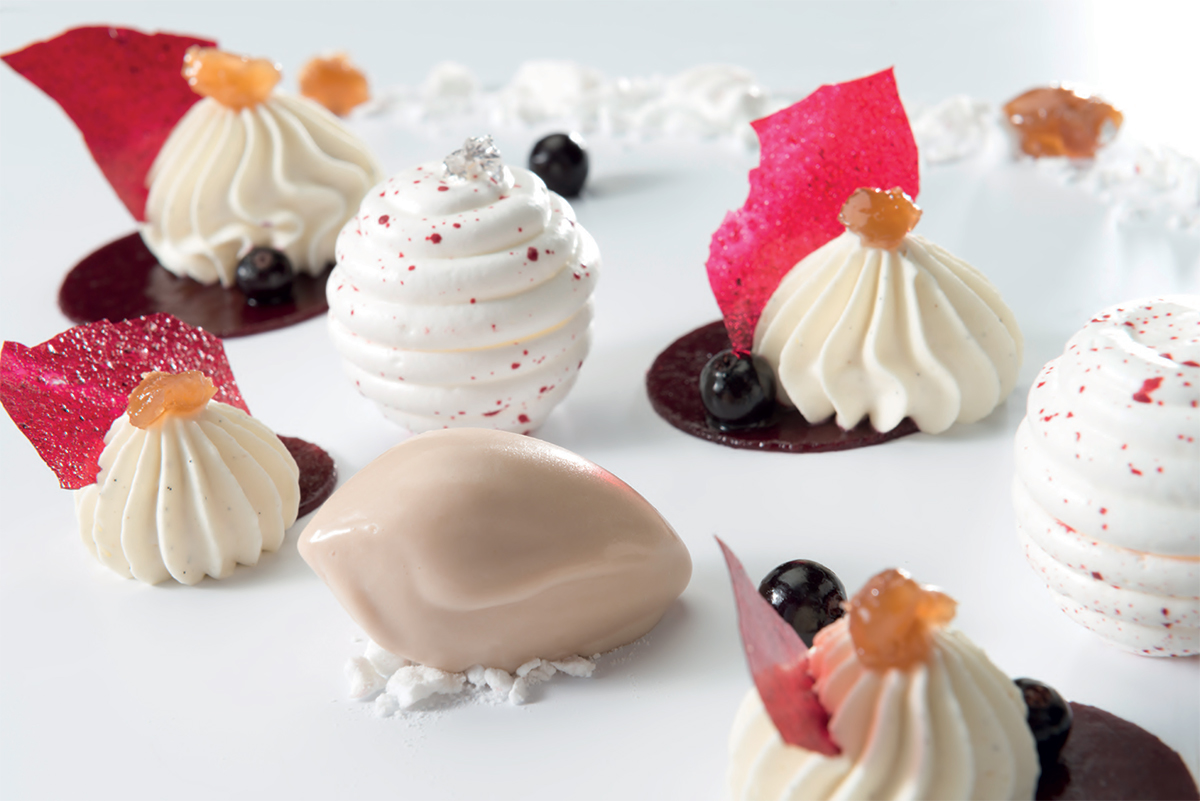
The story of meringue’s origins is shrouded in mystery. Too many people have made claims to its invention. The most credible legend identifies its place of origin as being Meringen, the Swiss city in the canton of Bern, known for having hosted Sherlock Holmes. But even the English investigator would have great difficulty understanding whether the story corresponds to reality or is simply a work of fiction!
According to legend, in the early 18th century a beautiful blond young woman with a slightly melancholy look on her face often walked the streets of the Swiss town. She wasn’t just a pretty girl, she was a princess, the daughter of the deposed King of Poland Stanislaw Leszczynski, who was wandering through Europe. It was rumoured that she was the betrothed of the Prince of Condé! This didn’t stop the pastry chef Gasparini from falling madly in love with her. Every day he looked forward to seeing her through the windows of his shop, hoping that the young woman would notice him. He spent his days dreaming of a happy ending for an impossible love.
But all he could do was dedicate a truly regal dessert to her, with a crumbly flavour and a foamy texture.
The meringue was born. It recalled the melting of snow in the first spring sun, leaving a persistent sweet taste in the mouth. The princess loved the sweet, but all she could do was take the recipe to France, where she was to be married to Louis XV. The marriage was unhappy, but the meringue was a hit at court, loved even by the future and last queen Marie Antoinette, who enjoyed eating it with chantilly cream. The success of the meringue also spread to England. Queen Elizabeth became a great fan. The first time she tasted it, she exclaimed, “Oh, that’s like a kiss!” Soon, Gasparini’s meringue evolved into four different recipes: Italian, French, Swiss and Sardinian. In turn, these four variants have allowed the creation of an infinite number of desserts.
The four variants
Meringue is a basic pastry recipe consisting of egg whites beaten to stiff peaks and sugar.
It can be made in four different ways. The best known is French meringue, also called basic meringue. Made only with egg whites and sugar, it is left to dry for a long time in the oven at a very low temperature, so as to remain white. And then there’s Italian meringue, which is often used as a base for other desserts, like a mousse or semifreddo. It’s made using very hot sugar syrup (121°C) added while the egg whites are being beaten. This way the mix is pasteurized and can be used as a base for sweets that don’t require cooking.
Some bakers prefer Swiss meringue, whose peculiarity lies in the fact that the egg whites are heated in a bain-marie while being beaten. This also pasteurizes the mix so the meringue can be used in other sweets without cooking. Finally, there’s the Sardinian meringue, similar to the French version, but with the addition of almonds and cooked at a higher temperature for a shorter time in order to keep the inside soft. It’s usually decorated with coloured sprinkles. But every pastry chef has his or her own little secret for each variant.
Italian meringue
Ideal for butter creams, semifreddos, frozen foams.
Proportions for mixes suitable for baking: 1 part egg white 3 parts sugar.
Proportions for mixes suitable for creams and fillings: 1 part egg white – 2 parts sugar.
- water 450 g
- sugar (first part) 140 g
- egg whites 500 g
- sugar (second part) 100 g
In a pan with a spout, heat the water and the first part of the sugar to 116°C. At the same time, beat the egg whites with the remaining sugar. The two processes must be carried out at the same time. Decrease the speed of the machine, pour half of the cooked sugar into the centre of the bowl, and, after 20 seconds, decrease the speed and pour the other half of the sugar. This prevents the sugar from remaining on the sides of the bowl. Continue beating the meringue until maximum volume is achieved. Place the meringue on a baking sheet, cover with film and quickly cool it in a blast freezer before use.
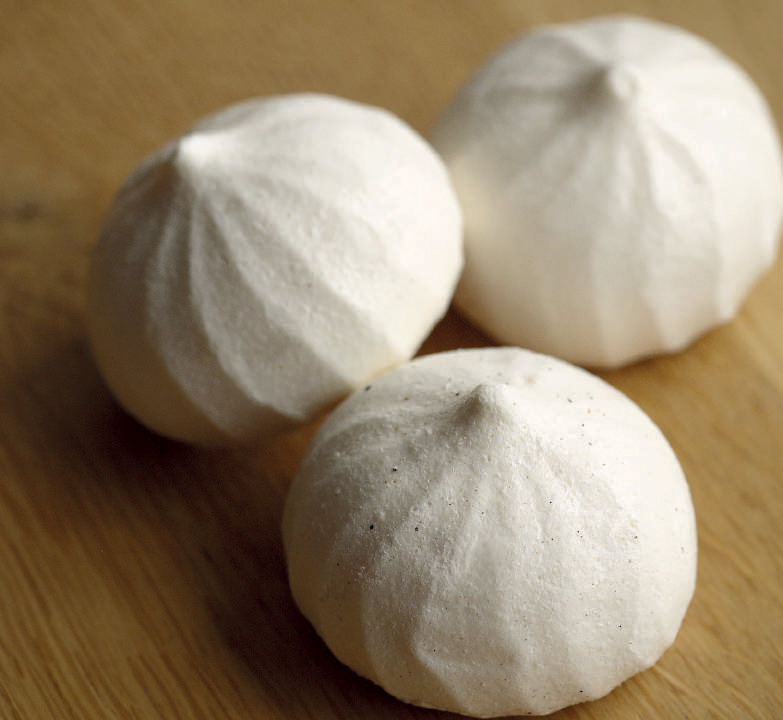
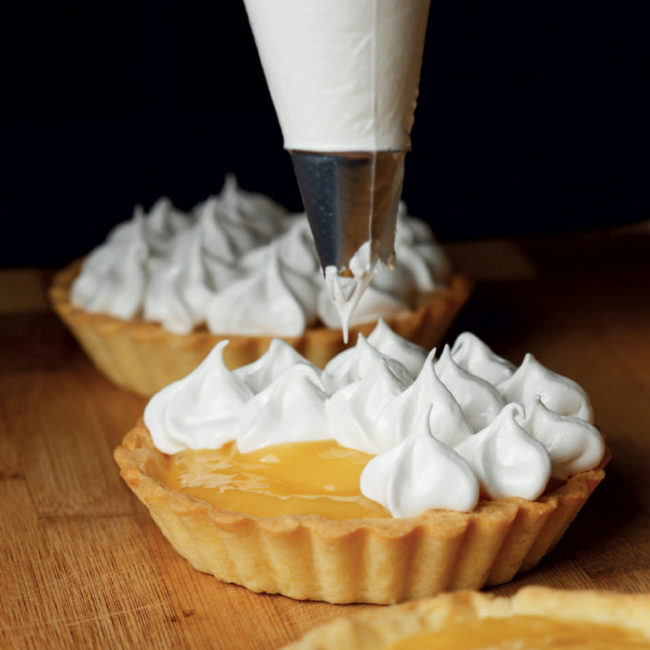
The importance of the egg whites
The beating of the egg whites plays an important role in the preparation of the meringue. There must be no traces of yolk in them as the fat prevents the whites from stiffening. Moreover, the eggs must be at room temperature to facilitate the process. Adding a few drops of lemon to the mix makes it whiter. It’s not recommended to add salt as it causes a loss of liquids and sagging of the meringue. Particular attention must be paid to the choice of the container used to beat the egg whites. It must be made of glass or metal, because plastic – even if apparently clean – retains fat.
Baking secrets
Meringues are baked at low temperatures for a long time so that the humidity evaporates. Temperatures and times vary depending on the size, consistency, and colour you want to achieve: 60-80°C for 2-4 hours to keep the meringue white, 110°C for 60-90 minutes to lightly brown them outside and keep them soft inside
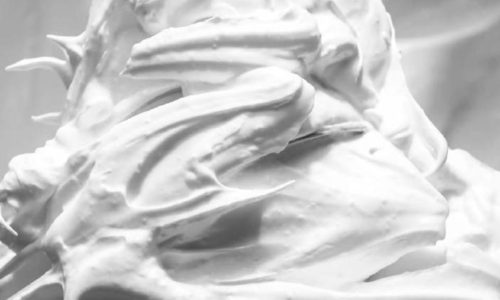
French meringue
Suitable for baking to make meringue cookies.
- egg white 500 g
- sugar 1000 g
Beat the egg whites with half the sugar. When they are sufficiently whipped (i.e., the volume is doubled), add the rest of the sugar. Portion with a pastry bag and dry in the oven for about 2 hours at 75°C.
Swiss meringue
Similar to the French version, useful for baked meringues, in creams, semifreddos or as a primary mix on short pastry, puff pastry or sponge cake bases. The difference is that the powdered sugar saturates the egg-white solution while the table sugar remains crystal inside the beaten whites. When dried, the meringue is slightly more coloured, but also more crispy.
- egg white 500 g
- sugar 500 g
- powdered sugar 500 g
Mix the egg white with the table sugar and heat in a bain-marie or directly on the stove, stirring with a whisk so as not to burn the mix. When it reaches 60-65°C, immediately beat the mix in the mixer with a fine whisk at third speed until the mass is stable, lukewarm, and shiny. Finally, add the sifted powdered sugar, stirring gently with a spatula. Bake at 100-120°C for 2 hours without steam. If used to make half shells to be filled, shape them using a pastry bag with a smooth nozzle on a silicone mat. Once baked, the half shells are stored in closed boxes without humidity. For the filling, use whipped cream to make some rosettes with a pastry bag with jagged nozzle. Once the half shells are filled with whipped cream, close them with the other halves.
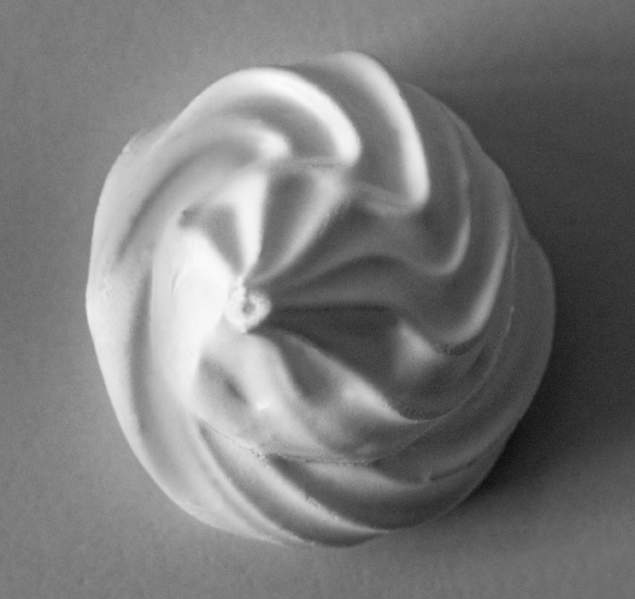
Tips for a perfect meringue
To avoid accidents while making a seemingly simple sweet, it is necessary to take a few small precautions. Using powdered sugar makes the meringue more chalky, while table sugar makes it more crumbly. If the oven temperature is too high the meringues will brown, but if you don’t bake them long enough they’ll remain soft inside. If you beat the egg whites without the sugar and add it afterwards the meringue will be coarse (large air bubbles), while if you beat them together with the sugar the grain is finer.
Finally, when the meringues have finished baking, let them cool before trying to remove them from the baking paper, otherwise you risk breaking them.
Sardinian meringue
Sardinian bianchini, in dialect called “bianchinus” or “bianchittus”, are the island’s variant of the classic meringue. They are usually made in a round, vertical shape that follows a helical pattern. The mix is enriched with grated lemon rind and toasted chopped almonds (sometimes also walnuts and hazelnuts). The amountof sugar is greater than what is used for meringues (usually the ratio between egg white and sugar ranges from 1:1 to 1:2), reaching even four times the amount of egg whites. The traditional recipe passed down through the generations calls for 100-150 grams of sugar for each egg white.
- egg white 30 g
- sugar 125 g
- toasted chopped almonds 80 g
- grated lemon to taste
- lemon juice to taste
Separate the egg yolks from the egg whites, add the lemon juice to the egg whites and
beat the egg whites with the planetary mixer at low speed. When foam starts to form, increase the speed. Add sugar when the egg white has quadrupled its volume. The sugar should be added little by little. Continue to beat the egg whites until they stiffen. Add the lemon rind and the toasted chopped almonds. With a pastry bag and star-shaped nozzle, make “tufts” on a cookie sheet covered with baking paper. Decorate with coloured sugar sprinkles and place in the oven at a temperature of 80-90°C. Bake for at least three hours.
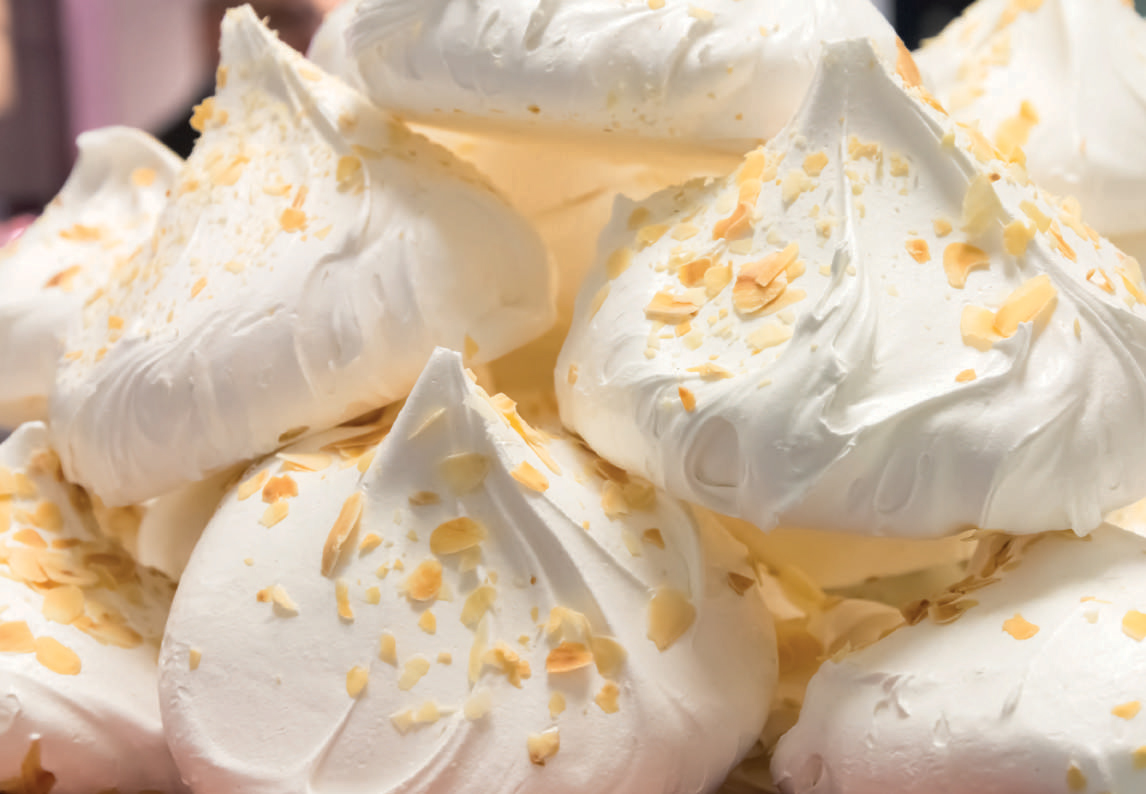
Recent Blog Posts
 Medac and AIFA: Hip hip hooray for Charles!
Medac and AIFA: Hip hip hooray for Charles! Sigep 2024 - Carpigiani’s special events with a look at the “green” future of Gelato and pastry
Sigep 2024 - Carpigiani’s special events with a look at the “green” future of Gelato and pastry Maurizio Manzi, as Ambassador for AIG, at the Melbourne Italian Festa
Maurizio Manzi, as Ambassador for AIG, at the Melbourne Italian Festa Medac awarded with the EcoVadis gold medal
Medac awarded with the EcoVadis gold medal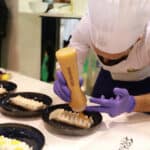 MIG Longarone and SIRHA Budapest: a new dynamic space for italian gelato
MIG Longarone and SIRHA Budapest: a new dynamic space for italian gelato Medac supports Alice Italian Food Academy
Medac supports Alice Italian Food Academy The Gelatissimo 2024 online ticket office is officially open.
The Gelatissimo 2024 online ticket office is officially open. Casa Optima Group looks for two exclusive agents
Casa Optima Group looks for two exclusive agents Gelatissimo 2024: here the first information
Gelatissimo 2024: here the first information Ci Gusta opens a new store into the “Il Mercato Eat&Meet” in Reggio Emilia
Ci Gusta opens a new store into the “Il Mercato Eat&Meet” in Reggio Emilia



